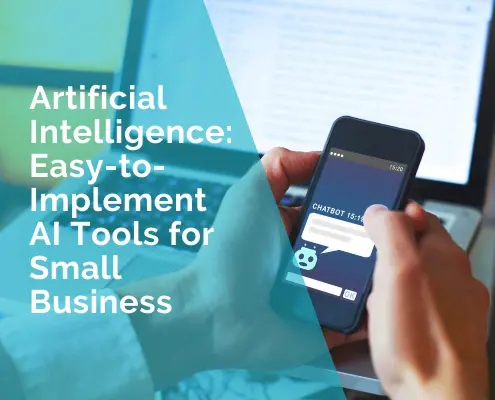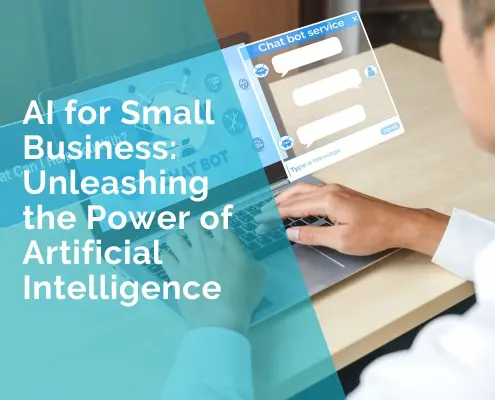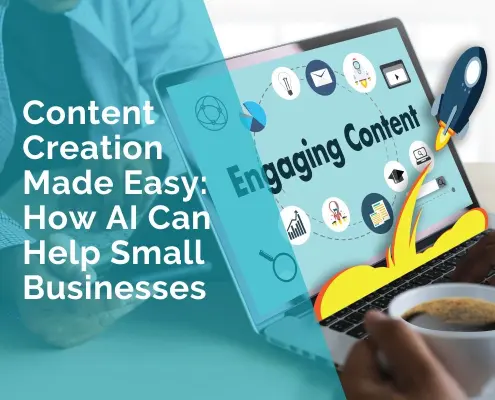Applications of AI Detectors in Various Industries
An AI detector is a system that uses machine learning algorithms to sense, process and analyze data to find the solution to complex problems. Unlike traditional software, they can be learned from experience and new data to improve performance.
Key capabilities of AI detectors include:
- Image recognition and image classification.
- Detection of anomaly and pattern.
- Predictive analytics.
- Natural language processing.
- Speech recognition.
These features let artificial intelligence detectors automate repetitive chores, find anomalies, forecast results, grasp language searches and more. Their adaptability helps one to customize them to certain sector requirements.
Let’s review some of the interesting uses for artificial intelligence detectors in several fields.
Applications Across Industries
The cross-industry applications of AI detectors are just as promising in driving transformation.
AI Ethics and Risk Monitoring
As AI decision-making expands, maintaining transparency and fairness is vital. AI detectors can continuously audit algorithms and outcomes to identify any emerging bias or accuracy gaps across gender or ethnic groups. Leading solutions like the AI detector by Smodin demonstrate how these tools can detect and mitigate ethical risks proactively, fostering trust in AI.
Intelligent Contract Analysis
Reviewing piles of legal papers, financial statements, and contracts is dreary. AI detectors can accurately extract key entities, clauses and data points from documents in seconds. For instance, LawGeex’s AI detector quickly reviews business contracts and highlights problematic terms or missing information to expedite approvals.
Automated Data Entry
Manually entering printed or handwritten data into systems is time-consuming and prone to errors. AI detectors can capture information from various document types and input it directly into relevant databases faster and more accurately. This saves thousands of manual working hours.
Applications in Healthcare
AI is revolutionizing healthcare in exciting ways. According to Accenture, key clinical health AI applications can potentially create $150 billion in annual savings for the US healthcare economy by 2026. AI detectors are contributing significantly to this impact.
Medical Imaging Diagnostics
Analyzing medical scans like X-rays, MRIs and CT scans is tedious and time-consuming for radiologists. AI imaging tools can automate the process by quickly and accurately detecting anomalies.
For instance, Enlitic’s AI detector can interpret medical scans to diagnose early signs of diseases rapidly. This allows quicker intervention and improved patient outcomes.
Patient Health Monitoring
Wearables like smartwatches and fitness bands can continuously track vitals, including heart rate, skin temperature and sleep patterns. Feeding this data to AI detectors allows for the analysis of a patient’s health status in real-time.
If any abnormal symptoms are detected, the AI system can immediately alert caregivers for timely intervention. This 24/7 remote patient monitoring can improve treatment quality, especially for those with chronic conditions or who are at risk of developing complications.
For instance, Current Health has developed an AI wearable device and platform that enables hospitals to monitor COVID-19 patients remotely. This reduces disease transmission risks for frontline workers while optimizing patient outcomes.
Drug Discovery
Discovering new medicines is an expensive and lengthy process with a high failure rate. It takes around $2.6 billion and over a decade to get a new drug from labs to pharmacies.
AI detectors are helping pharma companies significantly accelerate every stage of drug development, from hypothesizing drug compounds to clinical trials.
BenevolentAI’s advanced AI detectors pore through millions of scientific documents to predict how certain molecules might interact. This allows rapidly narrowing down the most promising drug candidates for a disease.
Exscientia’s AI platform designs tailored molecules and assesses their safety and efficacy potential faster and cheaper. In fact, Exscientia has delivered an AI-designed drug from scratch to human trials in just 12 months compared to 5 years traditionally.
Such innovations can bring down both costs and timelines to develop life-saving drugs.
Manufacturing Applications
AI is enabling manufacturers to boost quality, output and productivity. AI in the manufacturing services segment is forecast to witness growth at around 54% during the next 7 years, impelled by the increasing integration and deployment of AI solutions.
Predictive Maintenance
Unplanned downtime of machinery can hamper production and revenue. AI detectors can analyze real-time sensor data from equipment and predict failure well in advance. This gives ample lead time for maintenance planning.
For example, Seebo monitors multiple data points from connectors, valves and pipes. Its AI detector spots minute deviations from normal behavior. If any critical component seems likely to fail, it raises timely alerts so issues can be fixed before they impact operations.
Quality Inspection
Manual quality testing is tedious, inconsistent and unreliable. AI visual inspection systems can automatically scan products on conveyor belts to detect defects and anomalies in seconds with over 90% accuracy.
Siemens’ AI detector checks labels on pharmaceutical packs. It ensures all mandatory information is clearly printed as per regulations to avoid recalls or penalties. The AI system also reads pack serial numbers for tracking. Such automation drives faster production with fewer errors.
Inventory Optimization
Monitoring inventory levels is critical but difficult with hundreds of SKUs. IBM’s AI detector analyzes multiple data streams encompassing sales, supply chain and product shelf lives. It accurately forecasts the inventory needs of different items. This allows for aligning stock orders and production schedules to minimize wastage and stock-out risks.
Financial Services Applications
Banks and insurance firms have extensive data on customers, transactions and interactions. Feeding this data to AI detectors opens up many opportunities for revenue growth and risk mitigation.
Fraud Prevention
Vulnerabilities are constantly being exploited and data or funds are stolen by cybercriminals. AI fraud detection tools are rule based algorithms and have self learning capabilities to stay ahead of new fraud patterns. They can see the anomalous transactions or activities and they can block the frauds before they begin by analysing large volumes of data.
Mastercard’s AI detector tracks network traffic in real time to identify misuse based on cardholder profiles and location. It also provides customized security recommendations to users.
Personalized Investment Recommendations
Sorting through thousands of stocks to build a balanced portfolio is confounding for retail investors. Robo advisors like Betterment use AI detectors to analyze market data and determine optimal asset allocation. Based on investors’ financial goals, timelines and risk appetite, the AI detector provides a personalized portfolio recommendation. It even auto-rebalances holdings periodically to minimize losses and maximize earnings.
Insurance Claim Assessments
Evaluating insurance claims is complicated, especially when they involve property damage or denial of liability. AI can simplify this process for insurers as well as customers.
Tractable develops AI visual intelligence to assess vehicle damage from photos uploaded by drivers. Its detector accurately identifies repair needs and costs in minutes to speed up claim processing and settlements. This results in improved customer experience.
Retail and Ecommerce
The retail sector has been an early adopter of AI across the value chain, from inventory planning to customer engagement.
Demand Forecasting
Forecasting future blockbusters helps to maximize inventory levels, therefore preventing shortages or overstock of goods.
To forecast future demand, Zara’s AI detector examines real-time sales data, web searches and social media mentions. This guarantees that, before new trends start, just the correct amounts of every style are produced and sent to merchants.
Personalized Recommendations
Consumers are more than willing to request recommended options that match their interests. AI detectors used by retailers are delivering this.
North Face’s customer engagement platform uses machine learning algorithms to display product recommendations based on clear customer browsing history and purchase history. That allows for brand loyalty.
Pricing Optimization
In volatile markets, setting profitable yet competitive prices is tricky. Emarsys’ AI detector continuously parses market data, demand trends, and competitor moves to suggest the best price to optimize revenue. It also sends out targeted promotions to boost sales of slow-moving inventory. This agile, data-led pricing helps retailers thrive in the face of external turbulence.
The Future with AI Detectors
The examples above demonstrate that AI detectors are making an irrefutable and positive contribution to efficiency, quality and growth in sectors. Advances in sensor technologies and computing power will drive more and more innovative AI detector applications. The more sophisticated the algorithms become, the more exponentially they will be able to mimic and even surpass human skills.
The transparency of artificial intelligence, security issues, and employment losses brought on by automation still raise some questions. Nonetheless, proactive government, rules on artificial intelligence ethics, and sensible use assist in maximizing its advantages.
All things considered, artificial intelligence detectors appear destined to revolutionize every sector and release great possibilities for the future. Such smart systems provide countless opportunities to address issues and generate value at scale.
***
Emily Clinton










